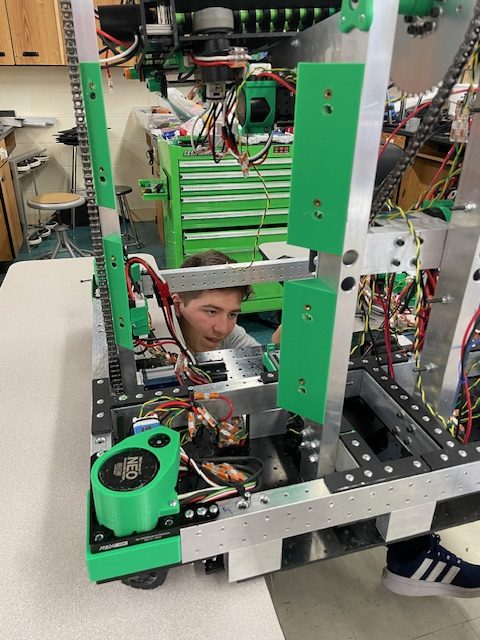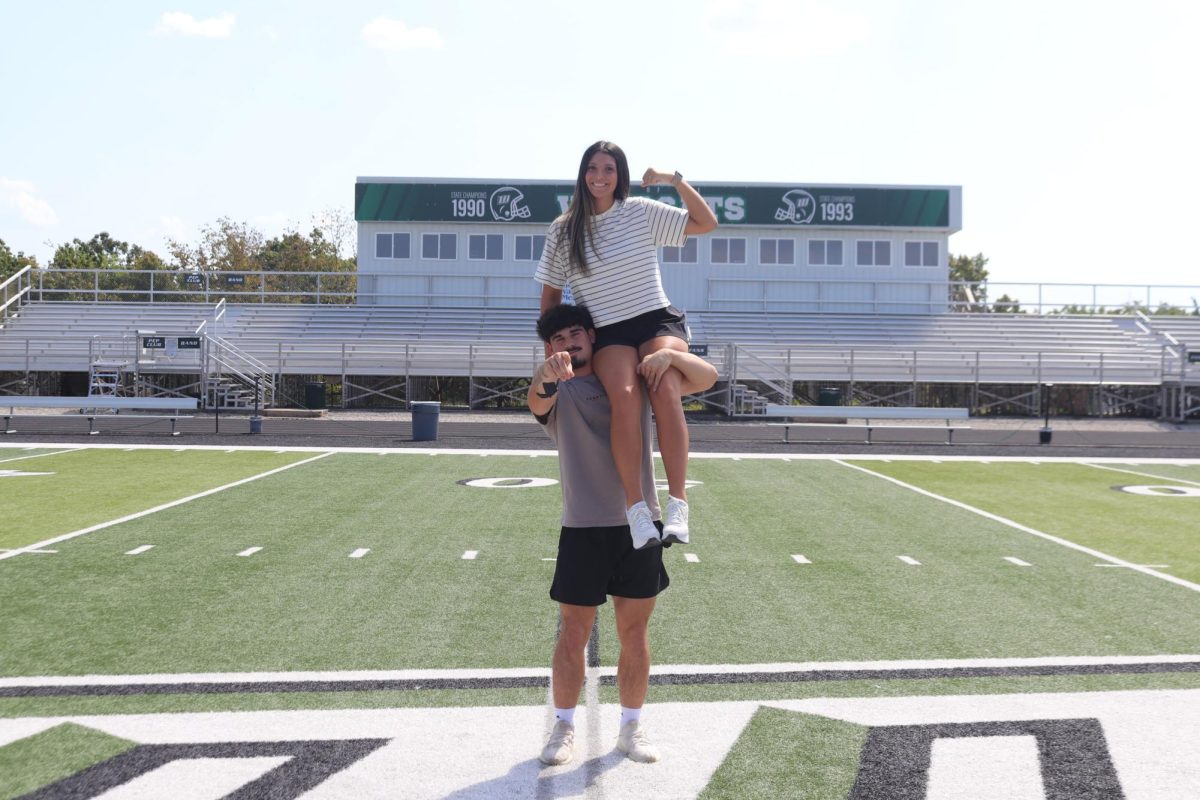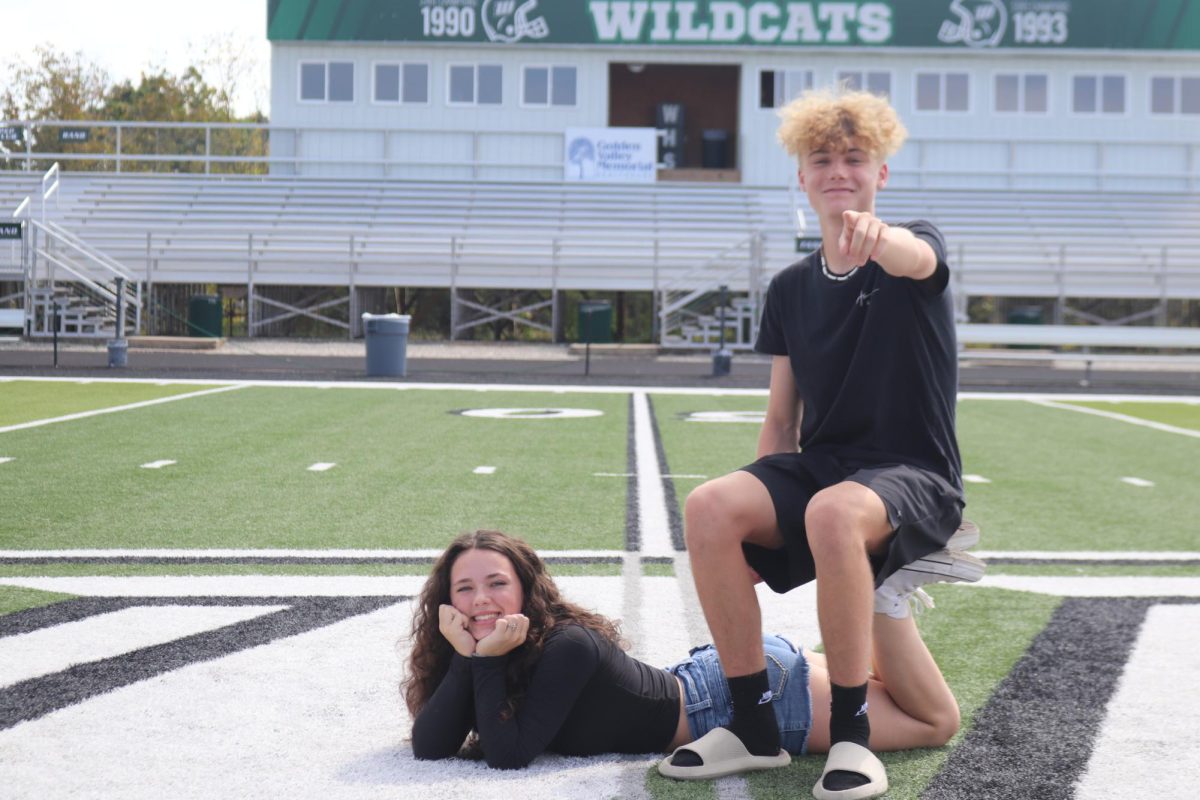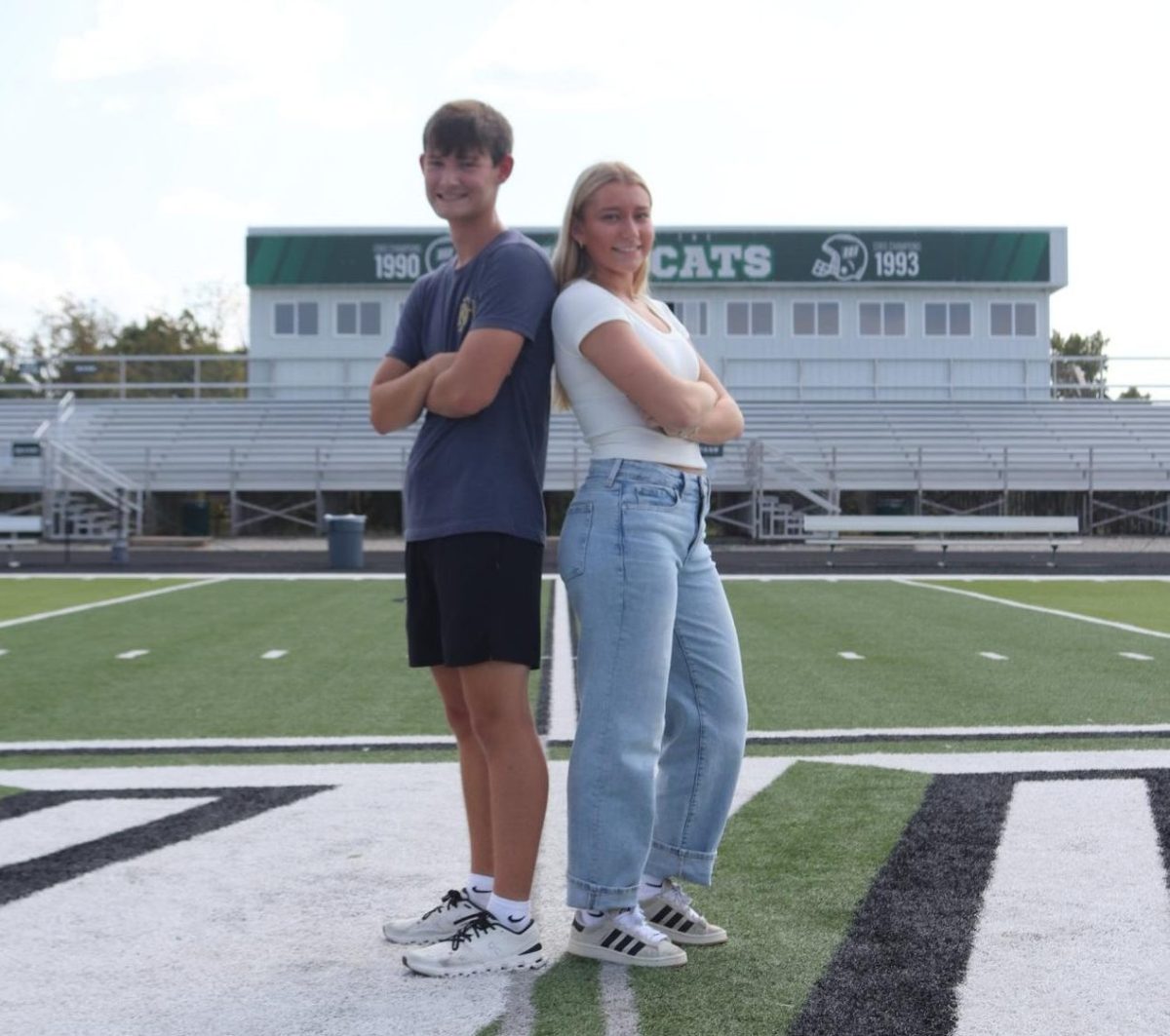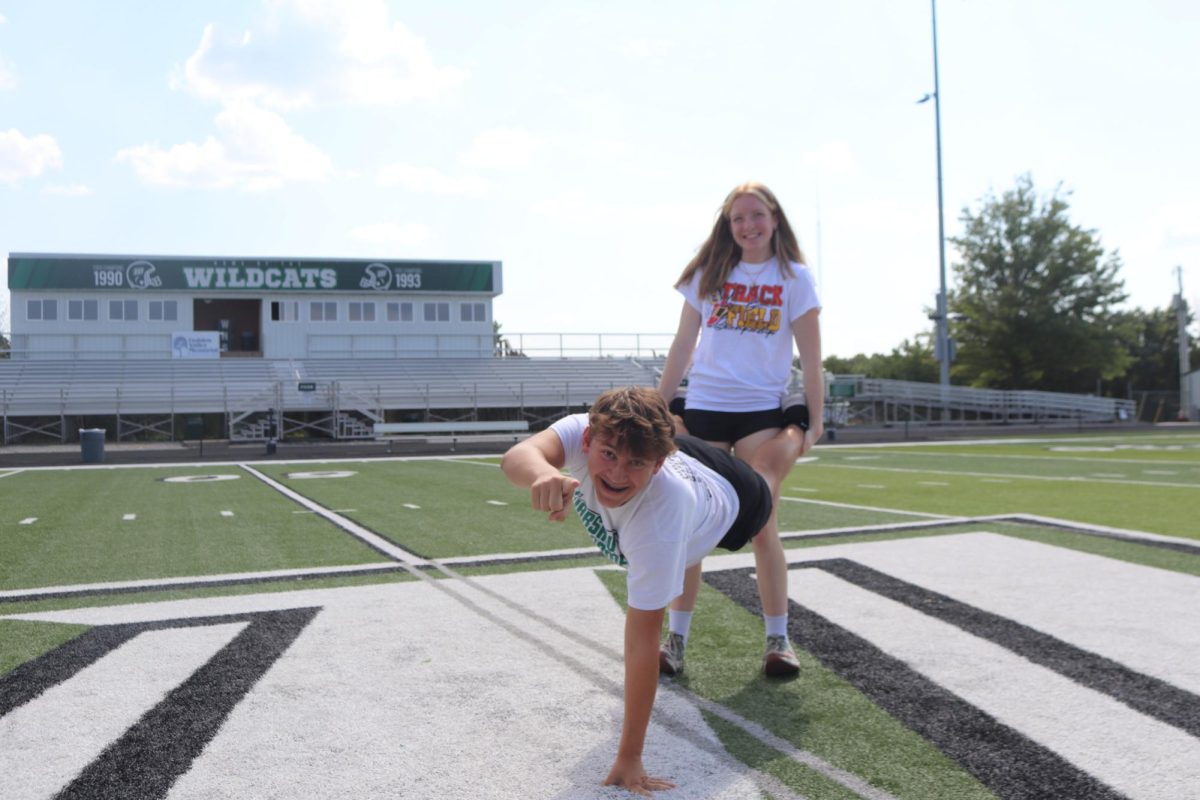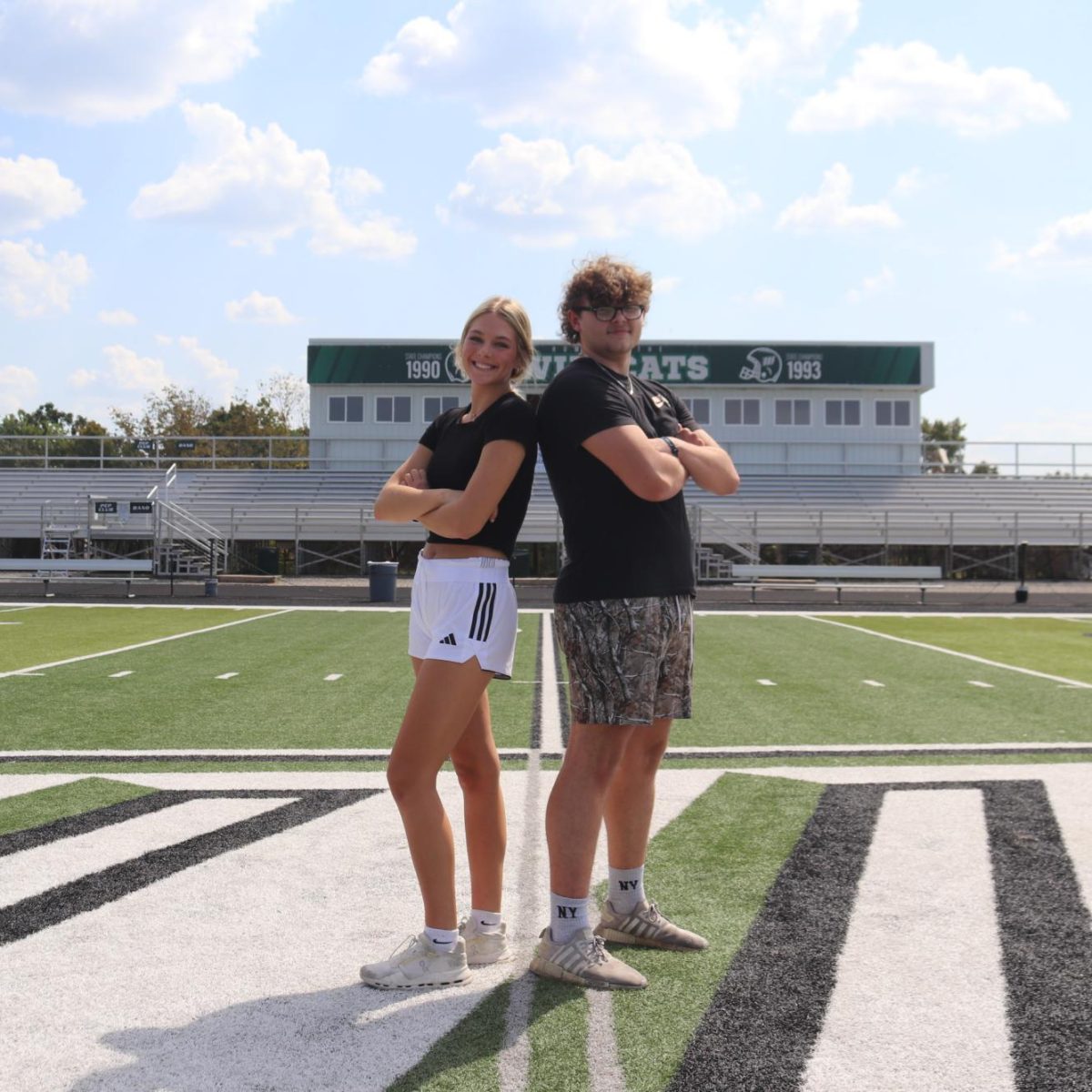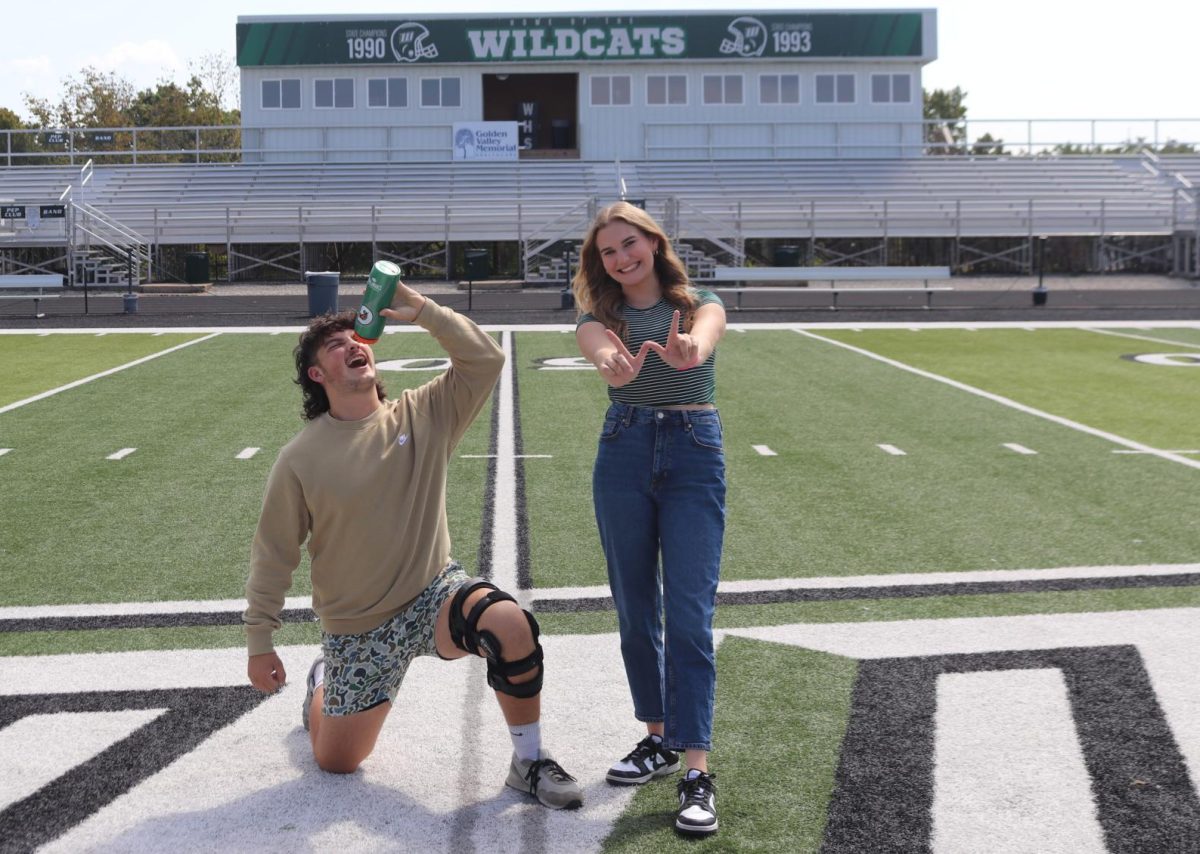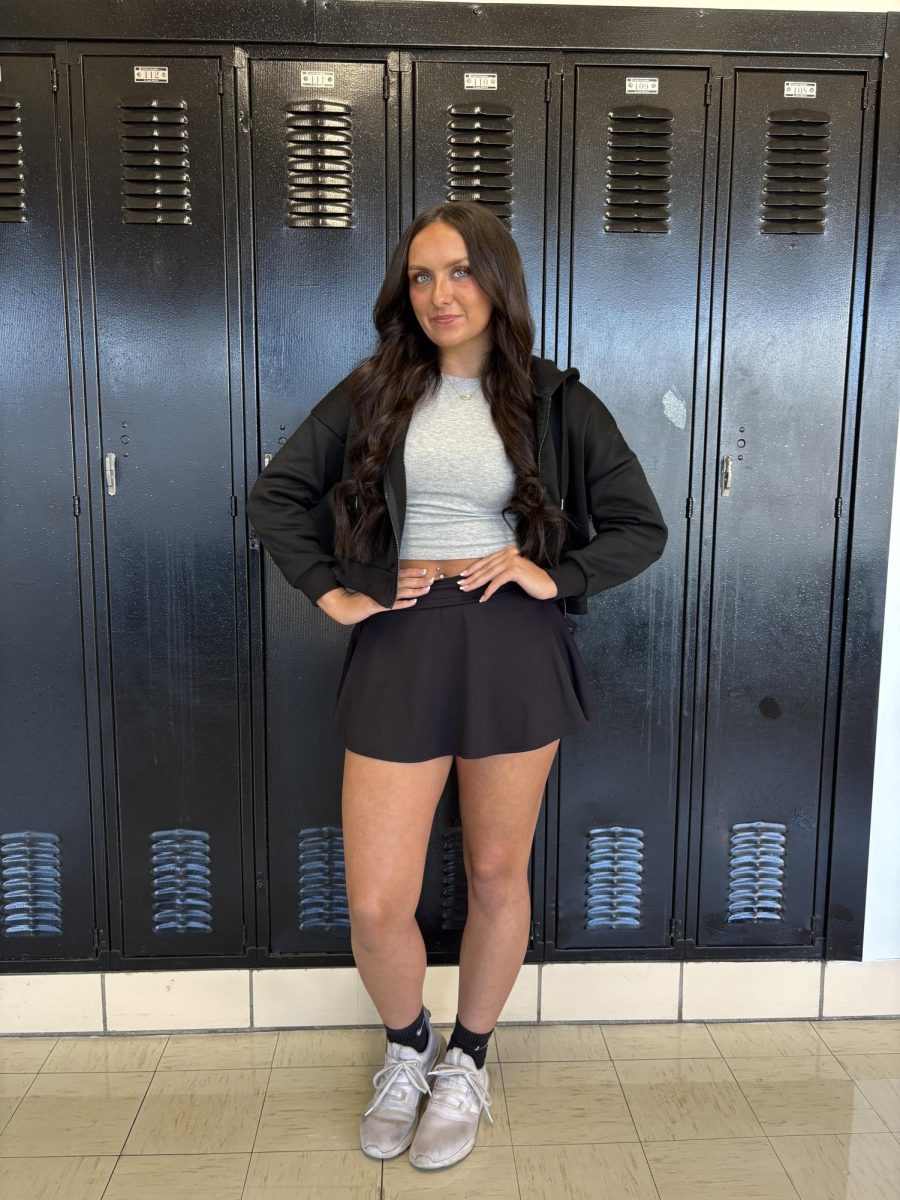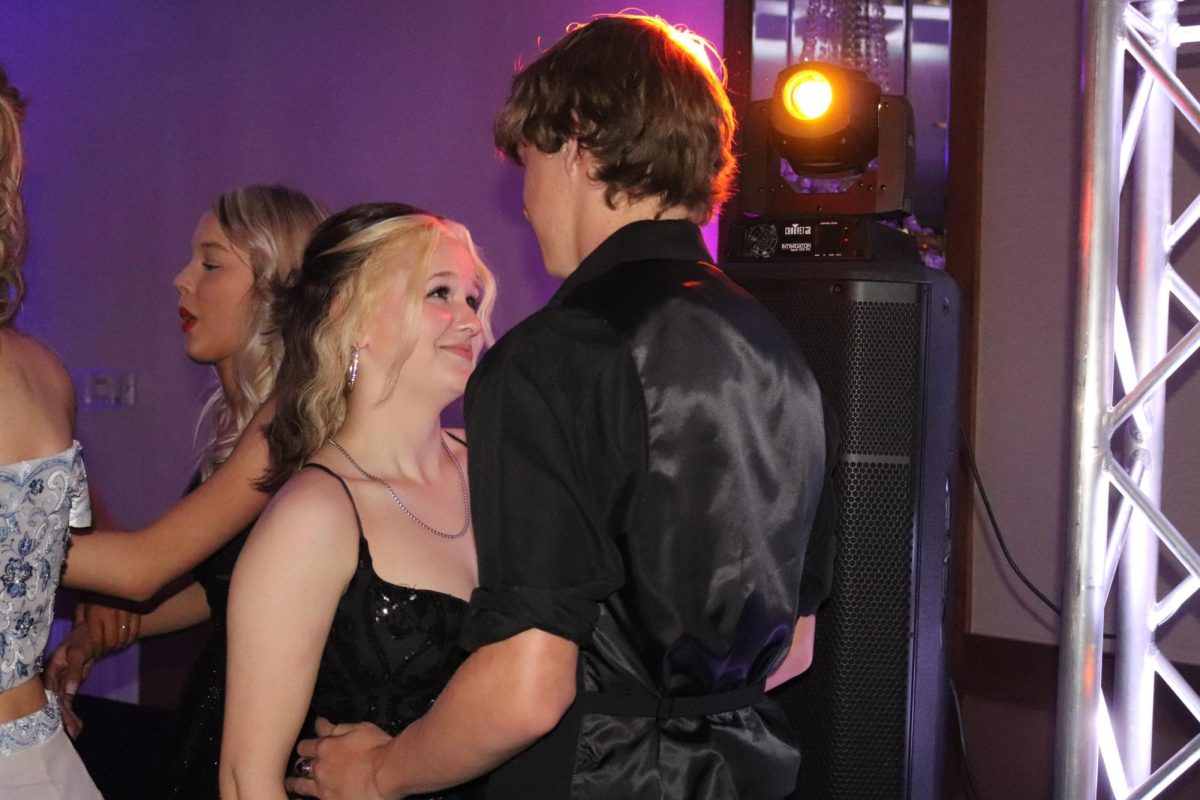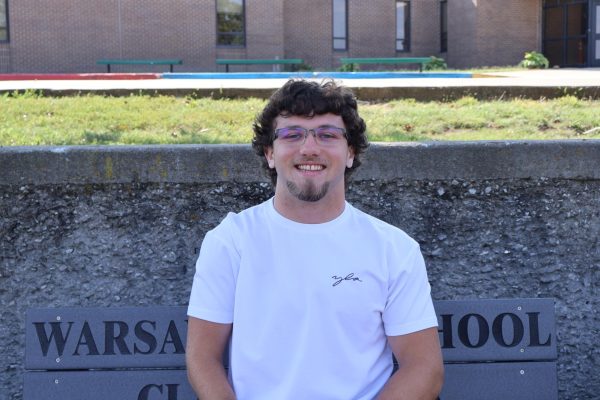Students who participate in science teacher Daniel Waller’s Principles of Technology class have made several interesting products using a 3D printer, but the most interesting one being created is their 2024-25 robot. The 3D printers are used to create the robot parts.
“Each design we want to create takes a few hours or even overnight to fully build, in order for it to create its product it uses a plastic wire, from there it creates the base layer and it layers on top,” science teacher and robotics sponsor Daniel Waller said.
These printers are not cheap at all. Most 3D printers are going to be in the thousands and most of the bigger printers even more. Currently, the robotics team has three 3D printers to work with. Senior Marissa Ricke experimented with the 3D printer and made her own phone holder.
“First you draw out your idea, write it down, sketch it, then you put it into a CAD design (computer assisted design), then you can start your 3D printing,” she said.
Students in the class not only use the 3D printers, but a few of the students are involved in the robotics club and these students have made their own robot, the process is very long and complicated.
“The whole process starts with design, we use our CAD program to build and measure the entire robot. It’s basically our blueprint, then after we have the blueprint we use our 3D printers and build the robot,” junior JC Minks said
Students not only enjoy the idea of building things but they also like the social atmosphere and the leadership it brings along with it
“Currently, I’m in a leadership position. I have a say in what we decide and I also tend to help wherever I can. I’ll even help teach the class for those who haven’t been in it,” senior Marrissa Ricki said
All of the students share the same end goal, they would like to go to worlds and use their robot to compete with over 3,300 different teams from around the globe.
“Worlds takes place from April 16-19; it’s a long process and an even longer event. The first week of January you find out what the game is, then you have about nine weeks to design, code and test drive your robot, then finally after that you get to compete with it,” senior Marissa Ricke said.
The official competitive season begins in early January and goes until late February when regional competition starts. This goes all the way through April. In that time, the students are determined and motivated more than ever to go compete at that level and to win it all.

